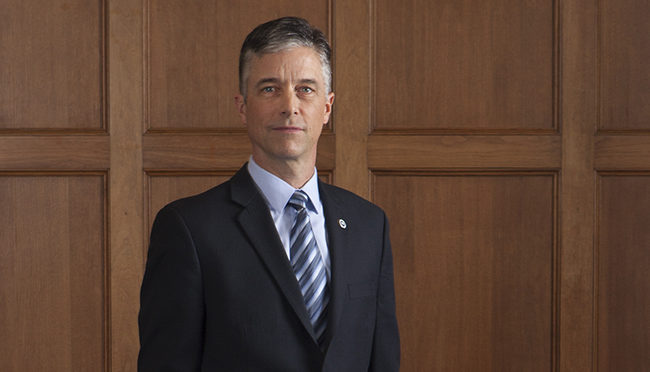Thirteen months ago we committed to taking a hard look at ourselves, at our attitudes, assumptions, experiences, and behaviors, testing our claims about being an open and welcoming community against our lived reality and aiming to become a more diverse and inclusive campus. Our responses to the Climate Survey conducted in February 2015 were analyzed and assessed by Dr. Sue Rankin, who presented the results to campus in September and challenged us to select three action steps that were meaningful, measurable, and manageable within 12 months of their announcement. During the fall semester the Strategic Diversity Action Team (SDAT) facilitated 22 Next Steps forums, collecting the ideas and suggestions of more than 300 faculty, staff, and students. In January Jackie Heymann, a junior politics and sociology double-major, together with Associate Professor Renee Cramer (LPS), Associate Professor Michael Couvillon (Education), and Associate Provost Melissa Sturm-Smith, conducted a detailed analysis of the forum responses and survey results, identifying a number of possible next steps. (You can read the full report here: www.drake.edu/secured/climate-survey/ .) These in turn were discussed and prioritized by the entire Strategic Diversity Action Team and presented to President Martin, Provost-elect Sue Mattison, and myself.
Thus, it is both with pride and excitement that I present to campus SDAT’s recommended next steps, attached to this email, and posted on the climate assessment website, www.drake.edu/climate-assessment.
These recommendations will be the object of our attention in the coming weeks and months, but I want to emphasize that we do not have to wait for change to happen. Several of the priorities identified by SDAT are already underway. For instance:
- Last August President Martin mandated that all senior level administrative positions have responsibility related to inclusion and diversity as part of their essential job functions.
- Increasing the percentage of students, faculty and staff of color has been set as a target in our Continuous Improvement Plan.
- A new pre-welcome weekend workshop on racial identity will be offered to entering first-year students in August.
- This summer’s Learning Symposium for faculty and staff will be devoted to the topic of inclusive excellence.
- A gender-neutral restroom has been created in Olmsted Center and gender-neutral restrooms and lactation rooms have been designed into the two new buildings currently under construction, Collier-Scripps Hall and the new science building.
Most immediately, when you return from spring break you will be invited to participate in conversations to adapt and adopt a Drake statement on diversity and inclusion. This is essential to our progress. Our next steps can’t be taken, our ambition to become a welcoming and inclusive campus cannot be realized, unless and until we have a common understanding of what we mean by diversity and inclusion. So please, help us come to terms.
Finally, I want to extend my deepest gratitude to the Strategic Diversity Action Team, and to Melissa Sturm-Smith, Renee Cramer, and Michael Couvillon in particular, for their devotion, persistence, vigilance, and passion in bringing this project to this point.
But now the real work for the rest of us begins.
—Joe Lenz, Interim Provost



